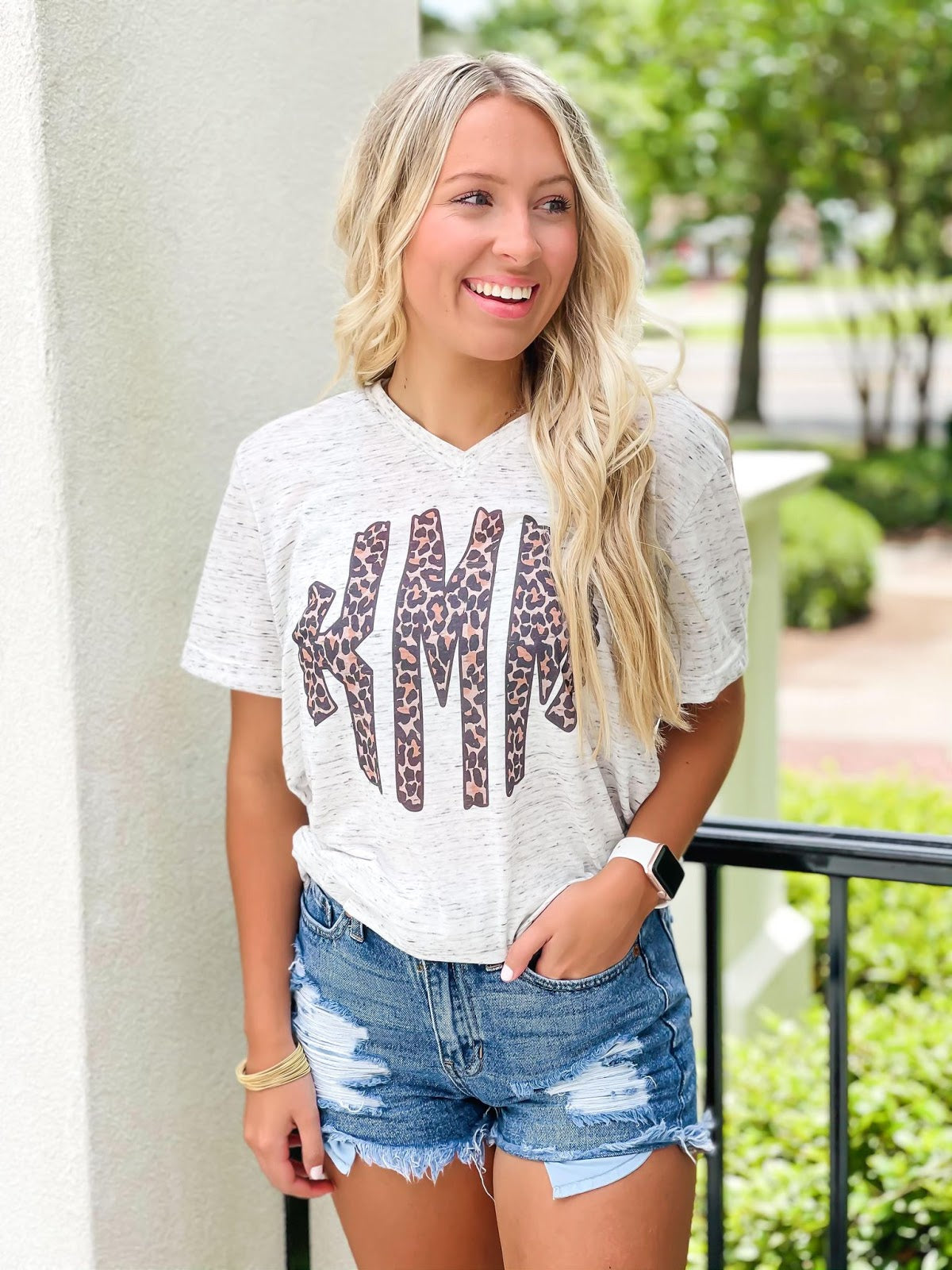The History of Monogramming: Tradition & Art

Today, we see monogramming traditions as a classic Southern pastime. But don’t go thinking the history of monograms comes from America — it goes way, way back to the time of the ancient Greeks and Romans!
A monogram is a design that features one or more letters. They are typically associated with the initials of a name and are commonly used on clothing items, accessories, and more to identify items. There are a few different ways to structure a monogram (the choice is yours). However, we recommend a three-letter format with your first name initial at the forefront, your last name initial in the middle, and your middle name initial at the end.

When it comes down to it, the art of monogramming seems pretty straightforward. By imprinting your possession with your initials, you’re marking it as your own. This can prevent theft, denote property, keep your garments separate from others, and add value to your clothes. But there’s more to it than that! Let’s go back and discover the history of monogramming so we can appreciate it even more!
Ancient Monograms
Historians first see monograms as we know them starting to appear on coinage in around 300 B.C. in ancient Greece. The monogram tradition carried on to Rome and spread throughout the continent as a way of identifying currency.
Have you ever heard of the Bible story in which Jesus says “Render unto Caesar the things that are Caesar's and unto God the things that are God's”? The coin that Jesus is referring to is a coin called the Roman denarius, which is inscribed with the name that, when translated, reads “Caesar Augustus Tiberius, son of the Divine Augustus.”
Even as far back as biblical times, “monogramming” coins was a surefire way to show identity!
A Symbol of Power and Royalty
Later, in the 8th century, the European conqueror Charlemagne used his monogram on goods he owned in order to showcase the power over his lands and property. The monogram tradition became a symbol of authority and power that persists to this day.
From that point on in the history of monogramming, rulers began using their unique monogram on possessions, currency, and property to showcase their power and wealth. A monogram, along with symbols such as crests and seals, became important symbols of their family and identity. Countries like England, Russia, Germany, Denmark, and Sweden featured their royal monograms on their coins.
What Monogram Traditions Mean in the South

In the American South, family and identity are very important. Southerners are very loyal to tradition, the home, and their roots. It makes sense that southerners love monograms to show their family pride. They also use monograms to denote marriage, with the married last name initial in the center and the spouse’s first initials on either side.
The monogramming tradition has been around for centuries, and if trends show us anything, they aren’t going away anytime soon! Shop traditional monogram clothing at Dash Forward.



